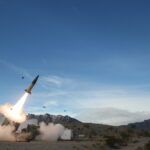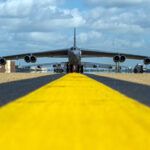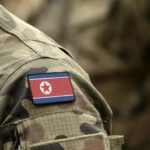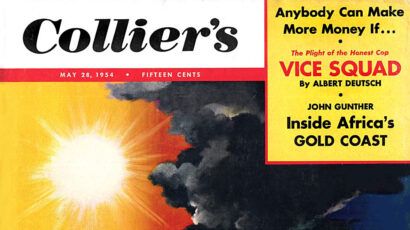Scientists have a new technique for verifying a dismantled nuke
By John Krzyzaniak | October 3, 2019
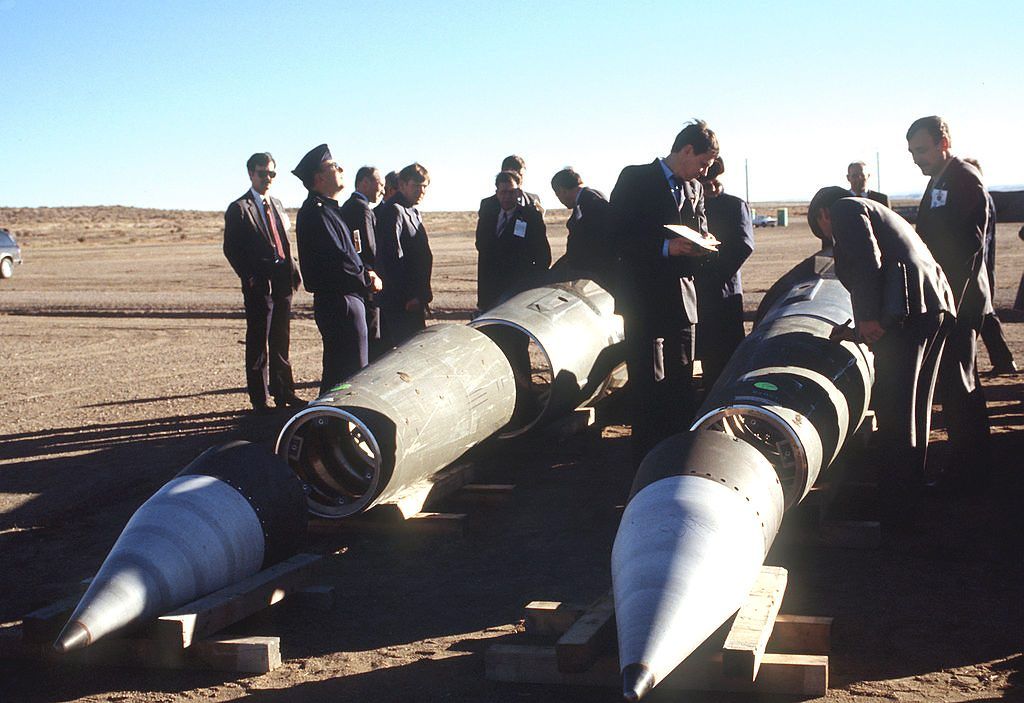 Soviet inspectors and their American escorts stand among several dismantled Pershing II missiles, 1989.
Soviet inspectors and their American escorts stand among several dismantled Pershing II missiles, 1989.
Researchers at MIT led by Areg Danagoulian have successfully tested a new technique for verifying the dismantlement of a nuclear weapon without giving up any sensitive information, pushing the scientific community one step closer to what could be a game-changer in arms control.
Arms control cannot work without verification, and verification must walk a fine line between transparency and information security. Inspectors need to confirm that a country is complying with its commitments, but the host country needs to ensure that it is not giving up state secrets or knowledge that could be used to proliferate weapons. An ideal verification method that is both transparent and perfectly secure is called a “zero-knowledge” protocol.
To date, researchers have not come up with a practical zero-knowledge protocol for verifying the dismantlement of nuclear warheads. Instead, prior nuclear arms control agreements have focused on limiting delivery systems, such as bombers and launchers, rather than the nuclear warheads themselves. To comply with START, for example, the United States cut hundreds of B-52 bombers into pieces and arrayed them in the Arizona desert for Russia to verify through satellite imagery.
The new technique, which Danagoulian and his colleague Ezra Engel describe in a scientific paper published in Nature Communication, comes very close to striking that perfect balance between transparency and information security. In an email to the Bulletin, Danagoulian wrote that “while strictly speaking the measurement is not zero-knowledge, it is near-zero-knowledge [in that] it doesn’t reveal any practical information about the weapon.”
The process works as follows. First, inspectors show up unannounced to a military base containing nuclear-tipped intercontinental ballistic missiles. The inspectors choose a missile at random, which is then transported to a facility and disassembled in a controlled environment. Since the inspectors picked the weapon themselves from an operating military base, they can be sure that the plutonium pit removed from the weapon is real. This genuine nuclear device will be a reference for everything else the inspectors will test.
Now comes the new technique that Danagoulian and his colleagues have experimentally tested. The inspectors line up several instruments in a row: (1) a device that produces a neutron beam, (2) the plutonium pit from the warhead, (3) an encrypting filter, and (4) a neutron detector. As the neutron beam passes through the plutonium, it will generate a signature that the detector on the other end will pick up.

The encrypting filter is the key component that ensures information security. Crucially, the host country itself supplies the filter, and its composition is unknown to the inspectors. The expectation is that the filter will alter and hide some of the exact details of the signal, just as a prism scatters a beam of light. While such encryption could just as easily be done using computers, physical encryption is much more secure; a computer is vulnerable to hacking, a physical filter is not.
Once inspectors have taken measurements on the original plutonium pit, they can begin dismantling other weapons and repeating the same test on them. The inspectors will compare the data between each dismantled weapon and the original reference weapon. In this way, they can determine whether the plutonium pits are genuine or fake. All told, these measurements can be done in less than an hour.
Since Danagoulian and his team didn’t have any spare nuclear weapons lying around, they ran their experiment using tungsten and molybdenum, which share significant properties with plutonium. But they’re hoping the US National Laboratories will take their technique and test it on real nukes.
This MIT effort is not the only existing method for verifying a dismantled nuclear weapon; over the past five years, scientists at other institutions have come up with a couple others. One thing that separates the MIT team’s technique, according to Danagoulian, is that it is slightly better at discerning real nukes from decoys. But the different methods all build on one another in some way and share the same basic goal.
Because what Danagoulian and his team have developed is not perfectly zero-knowledge, the next step may be to refine the process by combining it with elements of the other techniques. If a zero-knowledge protocol could be successfully implemented—a prospect that seems increasingly likely—the United States and Russia would have one less excuse to resist destroying their existing nuclear stockpiles.
Publication Name: Nature Communications
To read what we're reading, click here
Together, we make the world safer.
The Bulletin elevates expert voices above the noise. But as an independent nonprofit organization, our operations depend on the support of readers like you. Help us continue to deliver quality journalism that holds leaders accountable. Your support of our work at any level is important. In return, we promise our coverage will be understandable, influential, vigilant, solution-oriented, and fair-minded. Together we can make a difference.


